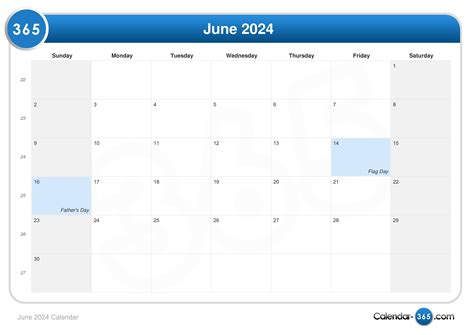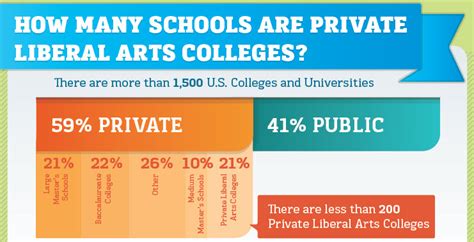Higher Education and Political Identity
According to a study by the Pew Research Center, 65% of college students identify as liberal, compared to 33% of the general population. This wide gap raises important questions about the role of higher education in shaping political beliefs.

Causes of Liberalism in College
Several factors contribute to the high prevalence of liberal views among college students:
- Intellectual Openness: College campuses foster a culture of intellectual inquiry and open-mindedness, which can lead students to question traditional beliefs and embrace progressive ideas.
- Diverse Perspectives: College students come from diverse backgrounds and experiences, which exposes them to a wider range of viewpoints. This can challenge their preconceived notions and promote tolerance and empathy.
- Faculty Influence: Many college professors hold liberal views and can influence students through their teaching and research. While faculty should maintain academic objectivity, their perspectives can shape the way students think about social and political issues.
Impact of College Liberalism
The high level of liberalism in college has significant implications for society:
- Political Engagement: Liberal students are more likely to participate in political activities, such as voting and volunteering. They also tend to be more aware of current events and social issues.
- Social Activism: College liberals are often at the forefront of social movements, advocating for civil rights, environmental protection, and economic justice. Their education empowers them to understand and address societal problems.
- Civic Leadership: Many college graduates go on to become leaders in business, government, and non-profit organizations. Their liberal values often inform their decisions and guide their actions.
Addressing the Liberal Gap
While the liberal perspectives of college students are valuable, it is important to address the gap between higher education and the broader population. Here are some strategies to consider:
- Promote Intellectual Diversity: Universities can actively recruit and hire faculty with diverse political views to ensure a more balanced intellectual environment.
- Encourage Civic Education: College curricula should include courses on civics, political theory, and history to provide students with a comprehensive understanding of different political perspectives.
- Facilitate Dialogue: Universities can organize events and forums that bring together students from across the political spectrum to engage in respectful dialogue and debate.
Common Mistakes to Avoid
When addressing the liberal gap, it is important to avoid the following common mistakes:
- Dismissing College Liberals: Labeling college liberals as “snowflakes” or “radicals” only widens the divide and inhibits productive dialogue.
- Silencing Conservative Voices: Universities must protect the right of conservative students to express their views, even if those views are unpopular.
- Politicizing Education: While it is important to address the liberal gap, universities should not compromise their academic integrity by politicizing the classroom or promoting a specific political agenda.
How to Bridge the Liberal Gap
Bridging the liberal gap requires a multi-pronged approach:
- Promote intellectual diversity in higher education.
- Encourage civic education and critical thinking.
- Facilitate dialogue and respectful exchange of ideas.
- Avoid dismissals or silencing of different political perspectives.
Conclusion
The high prevalence of liberalism among college students is a complex phenomenon with both benefits and challenges. By addressing the causes and impact of this trend, promoting intellectual diversity, and encouraging respectful dialogue, we can foster a more inclusive and informed society.
